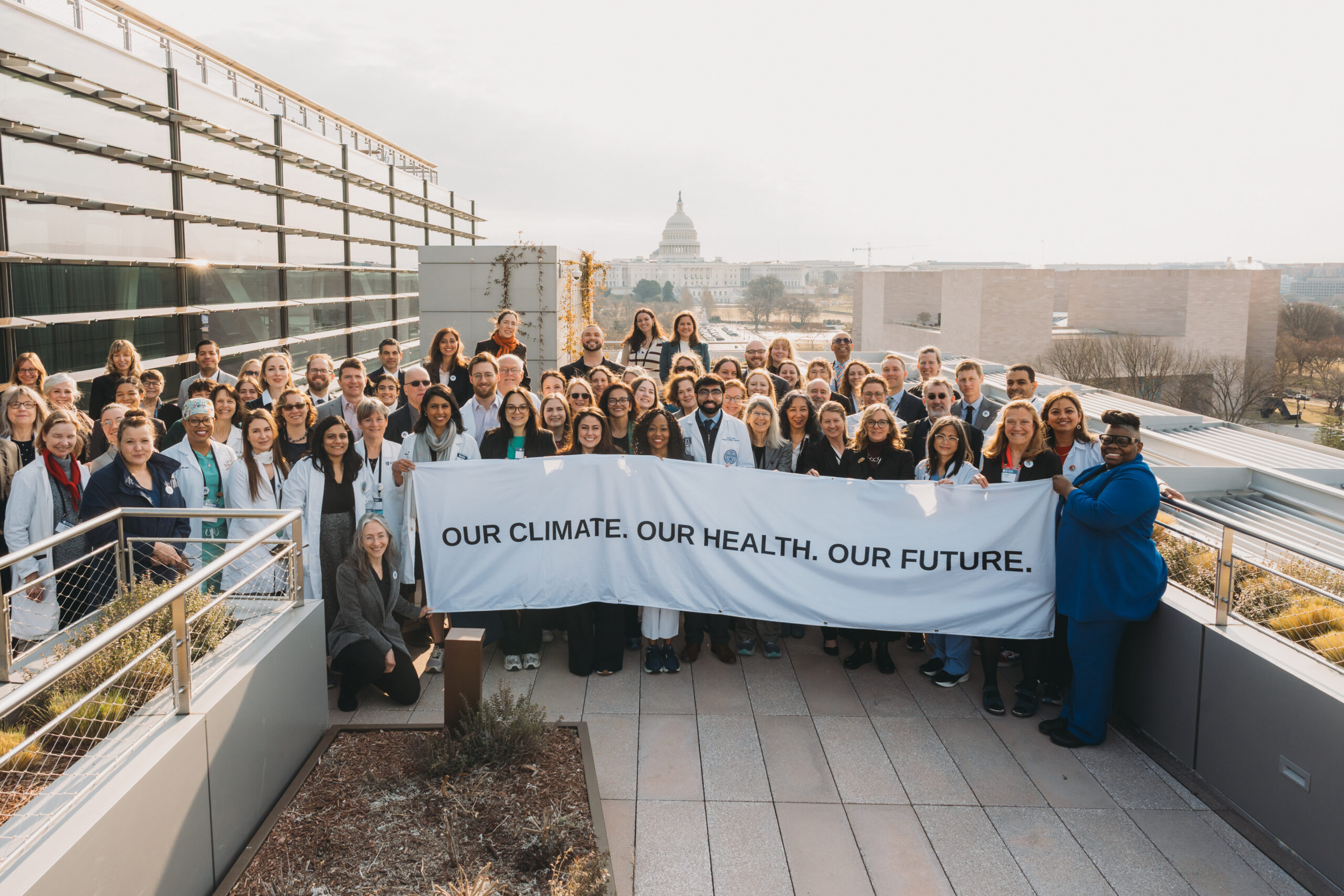Scientists from MIT Concrete Sustainability Hub (CSHub) have found that cool pavements aren’t just a summertime solution. Though many think of cool pavements as a solution to summer heat, research has shown that they can offer climate change benefits throughout the year.
“CoolSeal is designed as a multifaceted solution to not only mitigate urban heat islands, but also greatly improve and extend the lifespan of roadway infrastructure, explains Davis Koleas, Sustainability Director at CoolSeal by GuardTop.
Researchers found that cool pavements, like CoolSeal by GuardTop, can generate several kinds of effects, including a reduction in surface and local air temperatures. Cool pavements absorb less radiation, and emit less of that radiation as heat. In the summer, this can lower urban air temperatures by several degrees Fahrenheit.
“By changing air temperatures or reflecting light into adjacent structures, cool pavements can also alter the need for heating and cooling in those structures, which can change their energy demand and, therefore, mitigate the climate change impacts associated with building energy demand,” said Randolph Kirchain, a principal research scientist at CSHub.
Even in winter, pavement reflectivity still contributes greatly to the climate change mitigation benefits of cool pavements. Researchers found that roughly a third of the annual CO2-equivalent emissions reductions from cool pavements occurred in the fall and winter.
Cool pavements can even have an impact on vehicle fuel consumption. Some cool pavements have structural properties and longevity that can minimize the excess fuel consumption of vehicles caused by road quality. Over the lifetime of a pavement, these fuel savings can add up, even offsetting the higher initial footprint of paving with more durable materials.
In some contexts, a cool pavement could generate more emissions over its life than a conventional pavement, despite lowering air temperatures. So, to ensure that the lowest-emitting pavement is selected, cities should use a life-cycle perspective that considers all potential impacts.
The city of Phoenix, for example, which has used CoolSeal in its Cool Pavement Pilot Program, could see its projected emissions fall by as much as 6 percent, while Boston could experience a reduction of up to 3 percent.
As cities move to fight climate change, they should know that one of their most extensive assets also presents an opportunity for greater sustainability. CoolSeal by GuardTop looks forward to helping other cities work toward achieving sustainability success.





